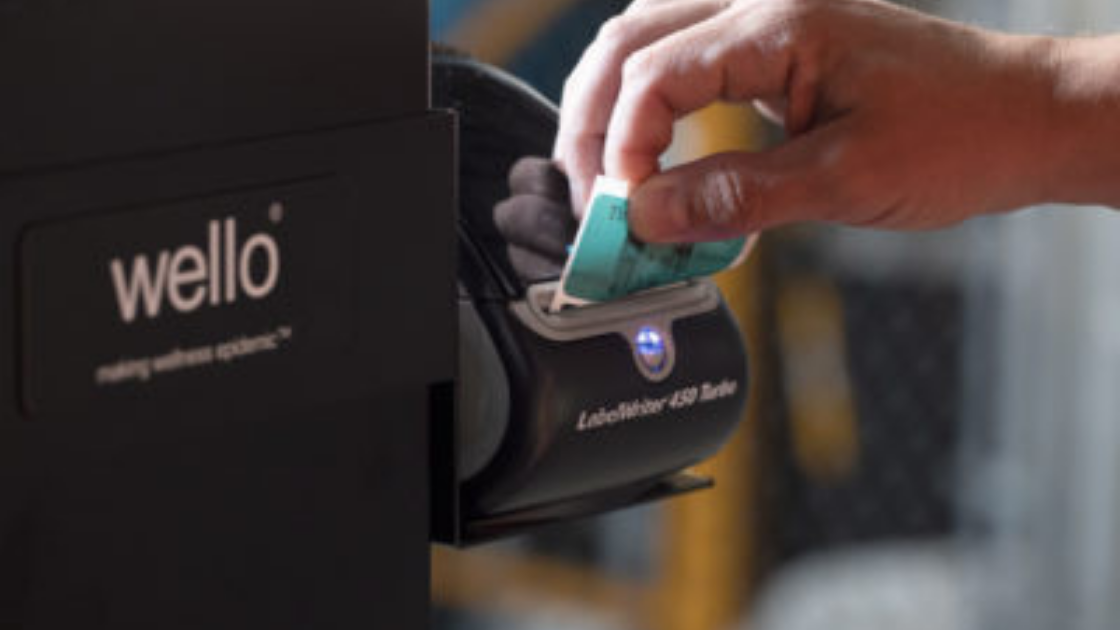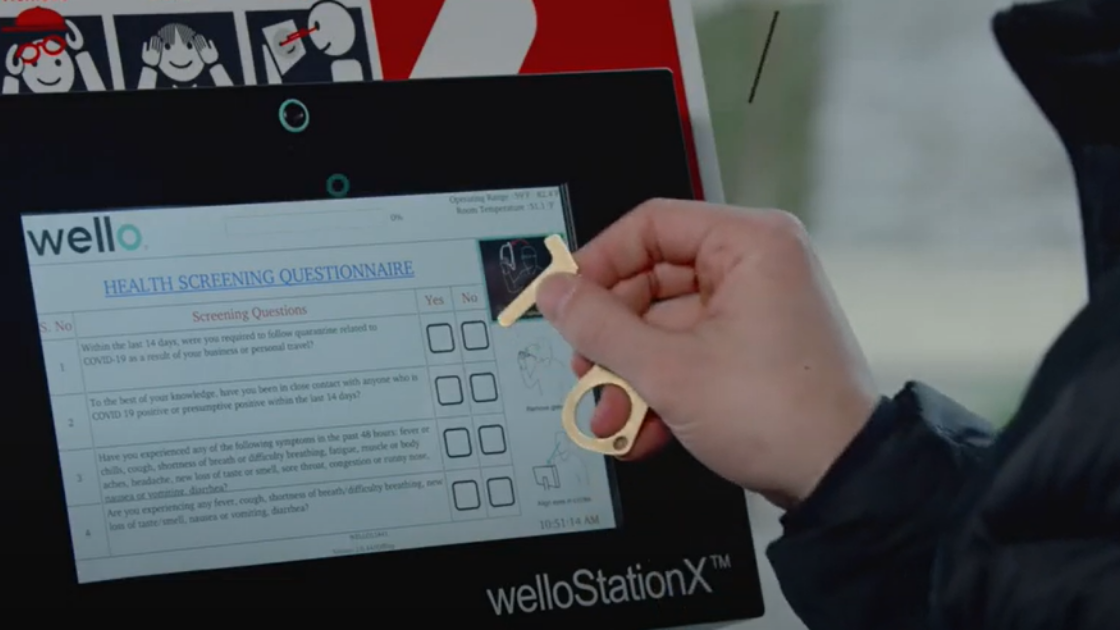Earlier this year, the Biden administration announced a series of vaccination mandates intended to reduce the spread of Covid-19. While the mandates are currently in the court system (a federal district court lifted a temporary stay on the federal OSHA ETS, but it is expected to be challenged in the Supreme Court), they could affect more than 80 million workers.
The new federal guidelines supplement a series of vaccine mandates that major employers including Walmart, Disney, and Google started rolling out in late summer of 2021. In addition to saving lives and reducing the burden on healthcare providers and hospitals, the hope is that the vaccines will also help the world return to normal. (Or what many are calling “the new normal.”)
The more people who receive vaccinations, the easier it is for schools, factories, and workplaces to safely reopen. This will have major implications on the economy, as supply chains open back up and the cost of material goods (hopefully) returns to pre-pandemic levels.
But as important as these mandates are to global health and industry, many companies are concerned about the amount of time and effort it will take to track each employee’s vaccination status. They also worry about the complexities of tracking the testing status for those who allow employees to subject to weekly Covid-19 tests instead of vaccines.
Smaller businesses, especially those that suffered financially during the pandemic, may already feel time-strapped and overwhelmed. Many of our clients are also worried about the amount of work that will go into preparing for state and federal audits. These concerns are only exacerbated by the ongoing labor shortage, and the fact that many employees say they will leave jobs if told they must get vaccinated.
Wello Health Cloud, a new Covid-19 vaccine and testing status tracking software solution is Wello’s way to help our clients streamline this important step in the fight against Covid-19, our new vaccine tracking software provides a centralized, cloud-based database that helps clients effortlessly record each employee’s inoculation status. The platform was built with data privacy in mind and will continue to be updated as new mandates come forth to help clients achieve compliance.
Rather than making notes in multiple Excel sheets, our new Covid-19 vaccine tracking software empowers clients to upload vaccine records, track the weekly Covid tests, and significantly reduce the amount of time it takes to prepare for audits.
There is also a mobile site where employees can upload documents and managers can see who is “Compliant,” “Non-Compliant” or “Exempt.”
To learn more, click here.
Do vaccines replace the need for regular employee health checking?
As important as vaccines are to reducing the spread of Covid-19, they’re not 100% effective. Just like any vaccine, there’s still a chance that the recipient can get sick. There is also evidence that no matter how effective our vaccine efforts are, Covid-19 is likely to develop into a seasonal illness similar to the flu.
That’s why employee health checking efforts like temperature screenings will continue to remain an important tool in the fight against Covid-19 and other deadly diseases.
The many benefits of employee and visitor temperature checking
Routine temperature checking is a cost-effective, non-invasive, and highly effective way to detect fevers, one of the first signs that the body is battling an infection — whether it’s Covid-19, meningitis, or the common cold. WelloStationX is the only automated and FDA-Cleared touchless clinical thermometer. It can help people who are sick get the care they need right away. It helps reduce outbreaks in the office, ensuring a healthier, happier, and more productive workforce.
At a global level, employee health screening efforts like temperature checking can also help prevent future contagious illness outbreaks by catching symptoms like fever early, before the person can infect others. In the case of Covid-19, the CDC warns that the virus can be spread more easily early on in the infection, when viral loads are high.
Routine employee health checking may also help companies build their workforce back up. In a recent article about the ongoing labor shortages, economists predicted that the fear of getting sick was a top reason many people aren’t returning to the workplace.
Job growth numbers showed a significant slowdown in August and especially September, when the delta variant caused an increase in infections, hospitalizations and deaths. It’s unclear how the most recent omicron variant will affect employers.
“The [recent] jobs report is a reminder that the pandemic is still what controls our recovery,” Daniel Zhao, senior economist at the job site Glassdoor, told CNBC.com. “The pandemic is still keeping workers out of the labor force.”
Taking care of employees beyond vaccines and temperature checking
Before Covid-19, there was a general mentality that feeling a bit “under the weather” was no excuse to call in sick. Instead, employees were expected to “tough it out.” In 2019, before masks and social distancing became a way of life, the staffing firm Robert Half surveyed 2,800 workers in 28 U.S. cities about their approach to working while sick. A striking 90% of respondents said they had gone to work even if they were experiencing cold or flu-like symptoms. More than 30% said they “always” go to work when they’re ill.
Many of the poll’s respondents said their employers either actively or subtly discouraged taking sick time. Others said they didn’t want to step away from their responsibilities.
There are currently no federal laws requiring companies to give sick time to employees. While some employers offer generous programs, others lump sick time in with their paid time off (PTO) benefits, making people choose between using their hard-earned vacation time to heal or to enjoy their favorite activities.
For those who don’t have access to paid sick time, the stakes are even higher. When they’re ill, they have to choose between healing or earning a living.
The Covid-19 pandemic showed us the flaws in this approach. Rather than incentivizing working while sick, employers need to make accommodations for workers who are ill. These can range from an increase in paid sick time to expanding remote work arrangements.
Efforts like these not only reduce the spread of infectious diseases, they also help increase employee satisfaction, leading to lower turnover rates and increased productivity. It’s only logical that people want to work for companies that care about their families’ health.To learn more about creating a safer workplace for your employees, see Wello’s temperature monitoring solution.

